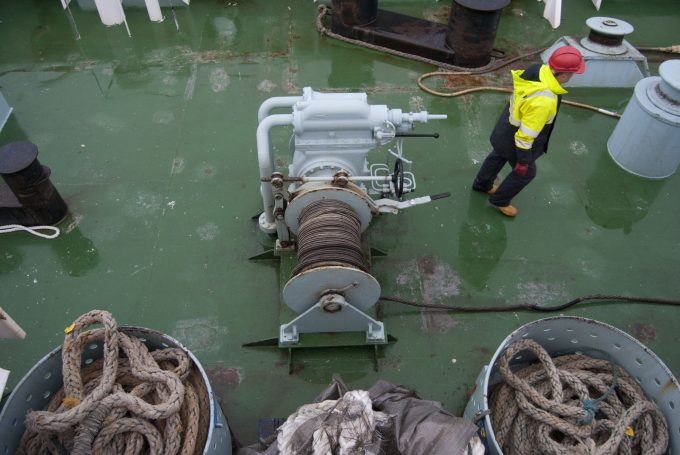At least 11% of seafarer deaths are suicides, Gard finds
Some 57 seafarers were recorded to have committed suicide over the past several years, making ...

Morale among seafarers has plunged for the second quarter in a row this year, according to a study by Mission to Seafarers.
The Mission to Seafarers’ latest Seafarers Happiness Index (SHI) reveals morale this year dropped from 7.1 in January to 6.77, out of 10.
As the world’s biggest “labour standards wild west”, it falls to whichever is the globe’s least-scrupulous flag to set the bar for employment rights in the maritime industry, often making them effectively non-existent.
Crews are routinely left abandoned, ...
Comment on this article